March 1st, 2025
9minute read
During World War II, armored combat came into its own.
Nevertheless, necessity proved to be the mother of invention.
Here are the major tanks fielded by the Soviet Union during WWII.
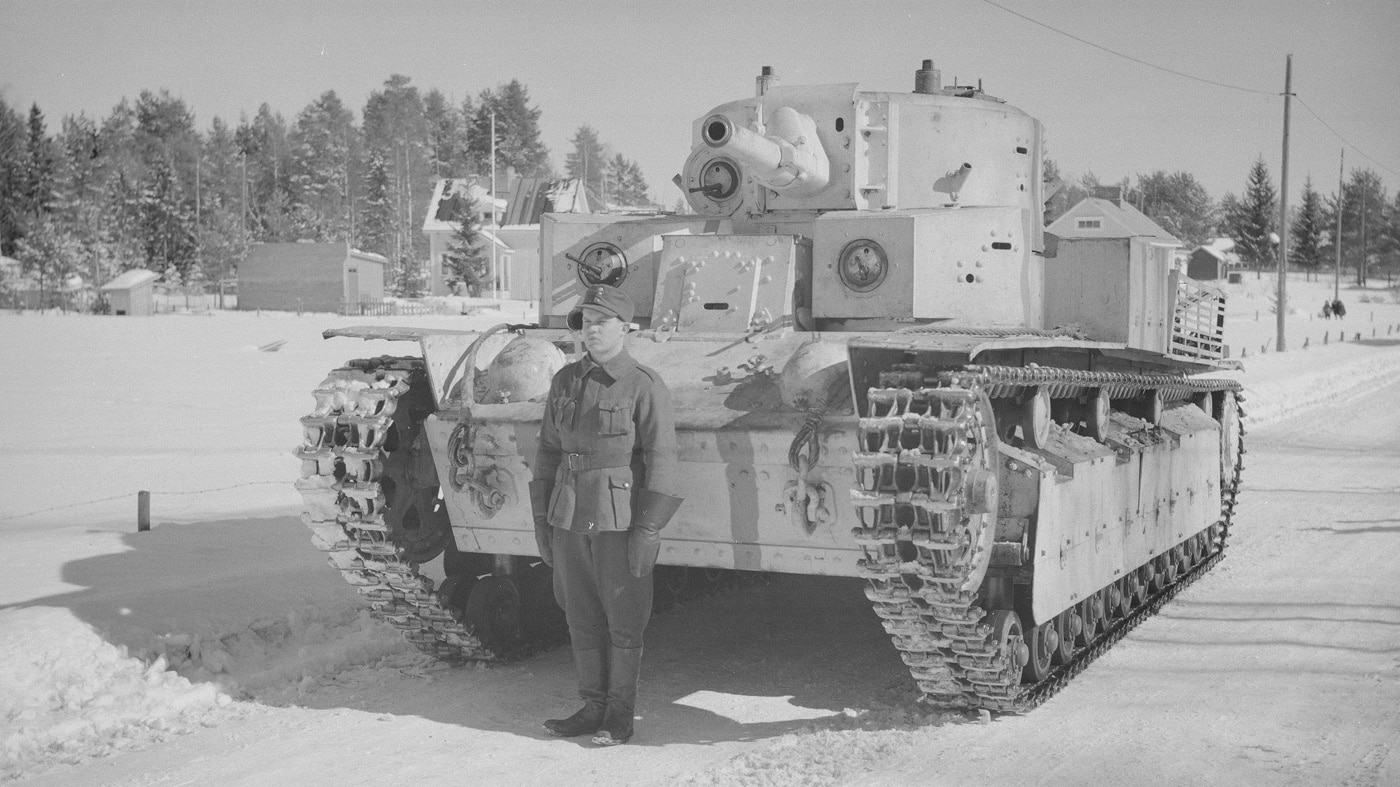
During World War II, the Soviet Union fielded many different tanks. Some of them were inferior to competing armored vehicles while others were very effective. Shown here is a T-28. Image: Sa-kuva
T-26 Light Infantry Tank
Developed during the interwar period, theT-26 tankentered service in the early 1930s.
It had relatively thin armor and quickly became obsolete against newer, better-armored German vehicles encountered after 1941.
It also saw use during the Winter War when the Soviet Union invaded Finland.
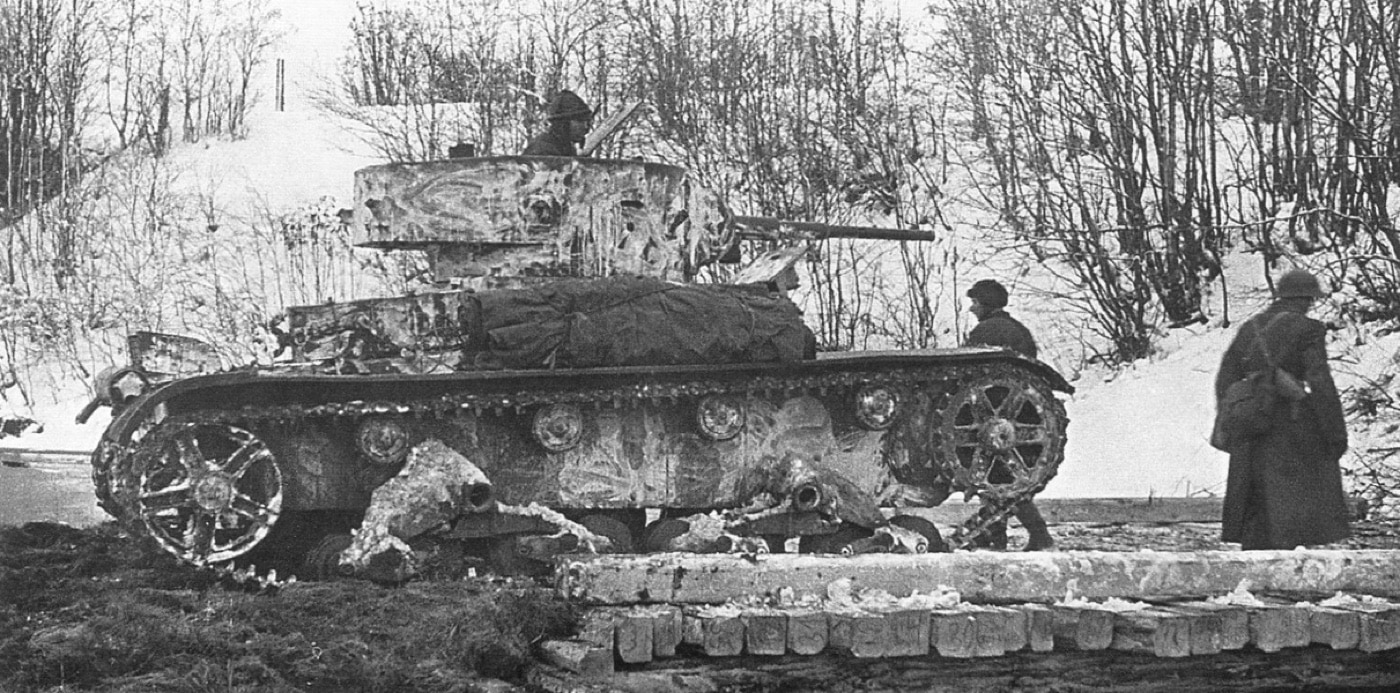
In this photo, a Russian T-26 tank crosses a light bridge during winter fighting in the snow. The lightly armored vehicle could not go toe to toe with modern tanks, but it was light and maneuverable. Image: Sa-kuva
Although innovative when first introduced, by 1941 it was largely obsolete and vulnerable during the German invasion.
Its effective design caught the Wermacht by surprise, effectively countering the German Panzer III and IV tanks.
Later tanks were equipped with more powerful 85mm guns and were designated as the T-34/85 tank.
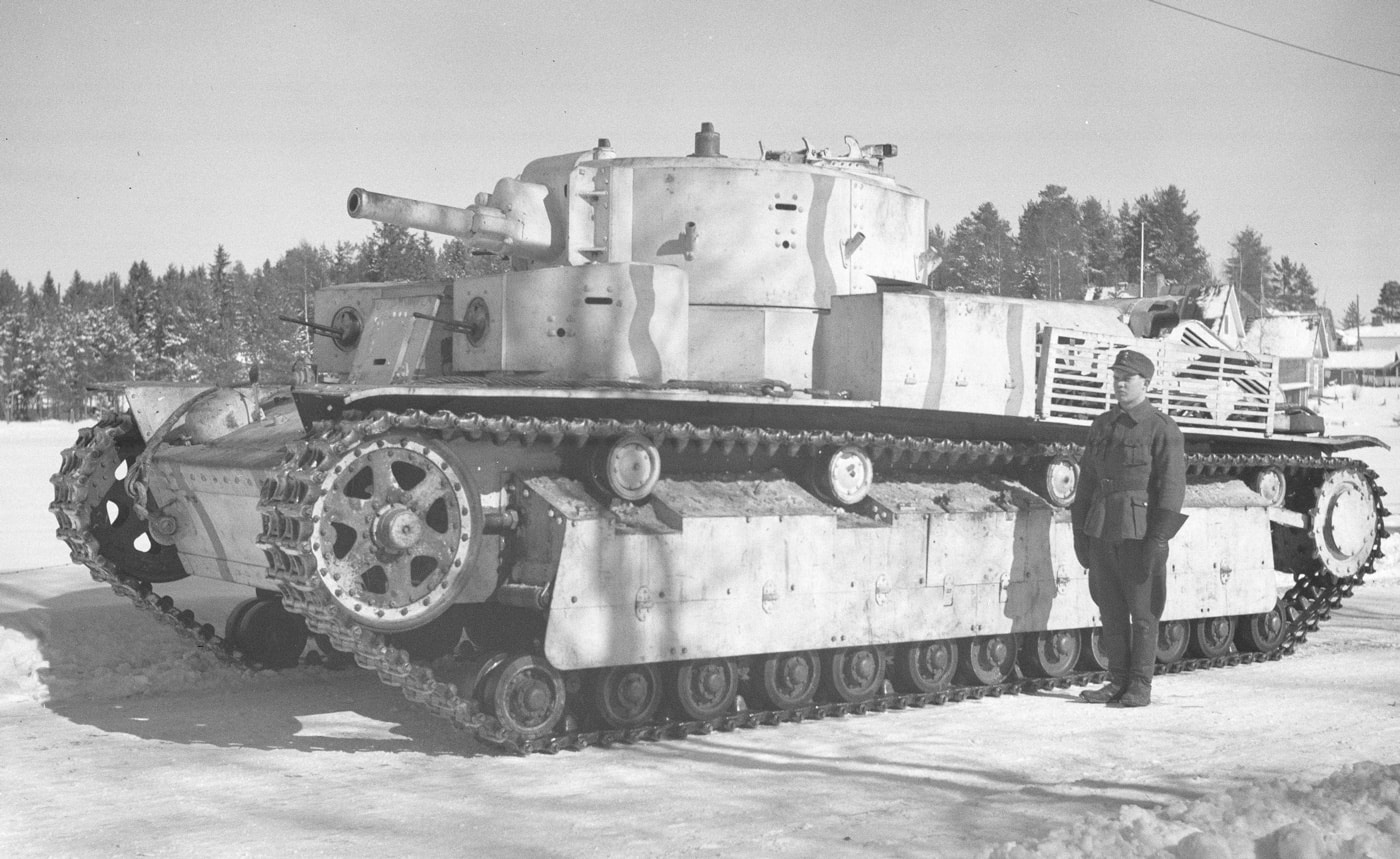
Shown here is a Soviet T-28 tank captured by Finland during the Winter War in 1940. The T-28 tank was a medium tank used by the Red Army, but it was inadequate against the modern tanks of WWII. Image: Sa-kuva
These tanks performed best in open terrain, providing reconnaissance and rapid blitz-style movement during initial battles.
The first of these tanks, the KV-1, entered combat during Operation Barbarossa.
The tanks thick armor was nearly impervious to early German anti-tank weaponry.
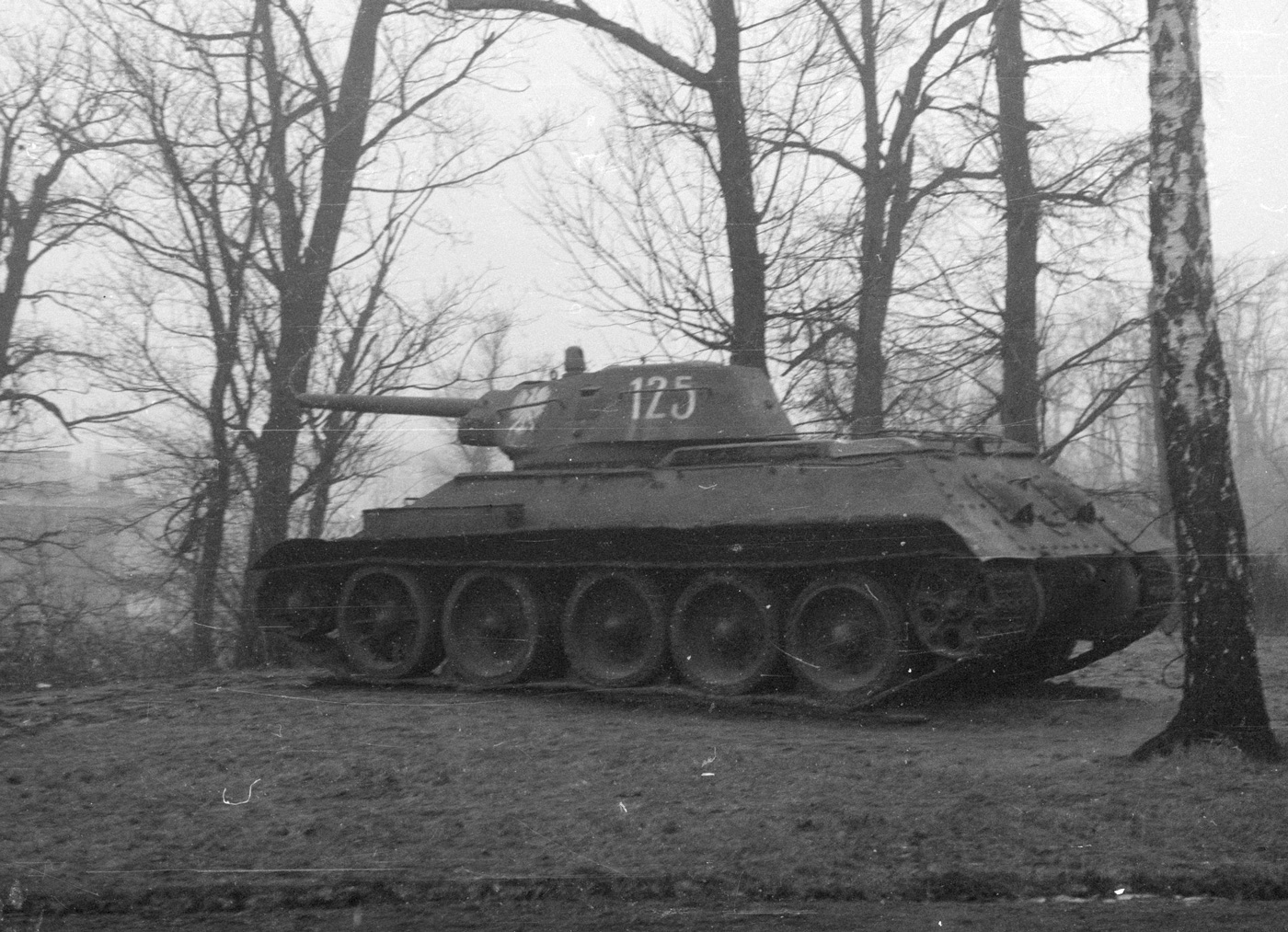
Shown in this photo is a Polish T-34 tank. Developed by the Soviet Union, the Russians exported the tanks to its allies after World War II. Image: Polish National Archives
It significantly challenged German morale and combat effectiveness in the early stages of the war.
While formidable, the KV-1 was somewhat hampered by mechanical unreliability, limited mobility, and slow speed.
Its appearance in combat posed a considerable psychological and tactical shock to German forces.
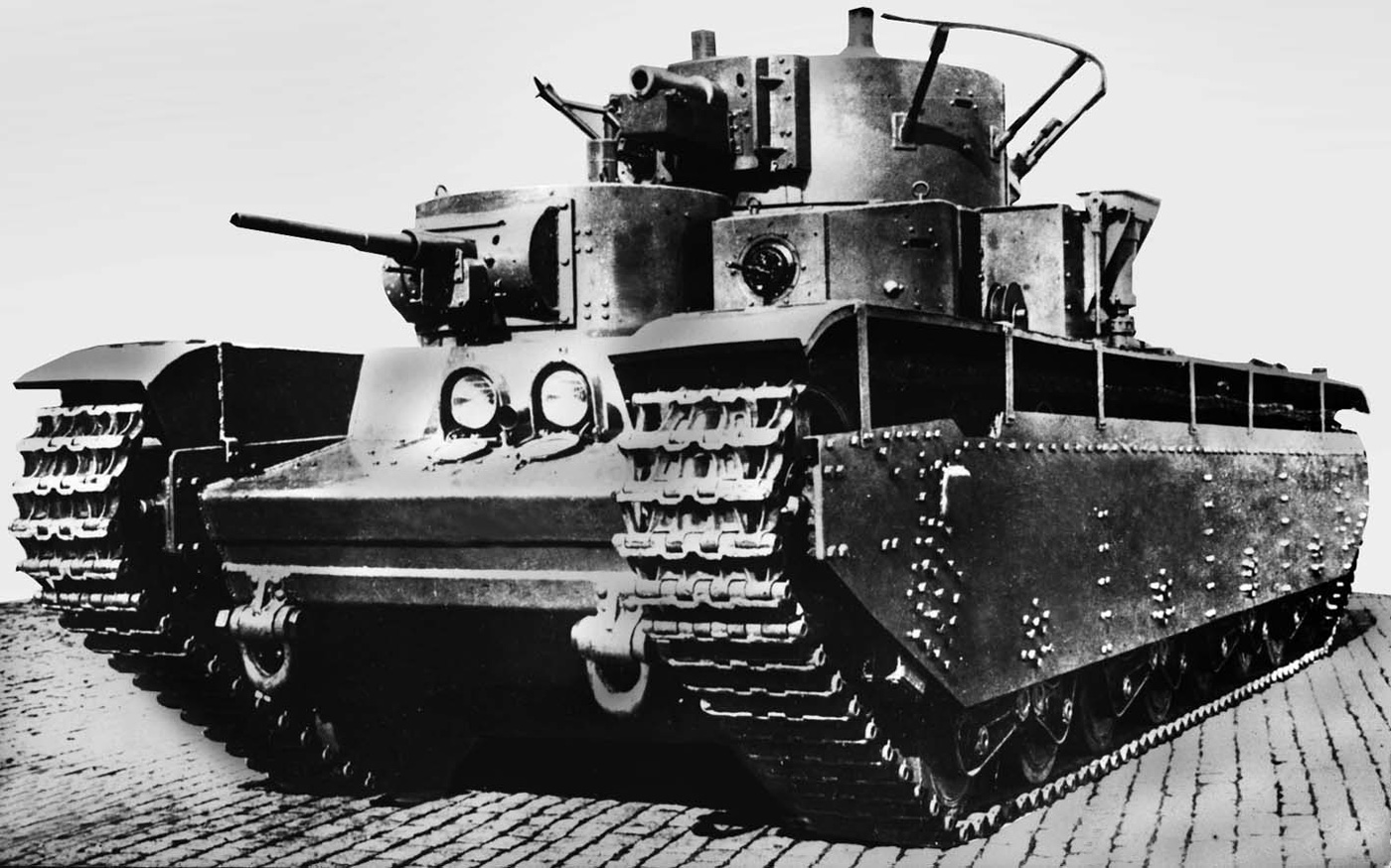
One of the less known tanks of the Soviet Union during World War II was the T-35 tank. Image: Public Domain
However, related trade-offs in mobility and excessive weight severely limited its functionality in maneuver warfare options.
However, due to initial mechanical issues and wartime production constraints, fewer than 2,000 units were produced.
Production continued until late 1942, with around 5,900 units produced.
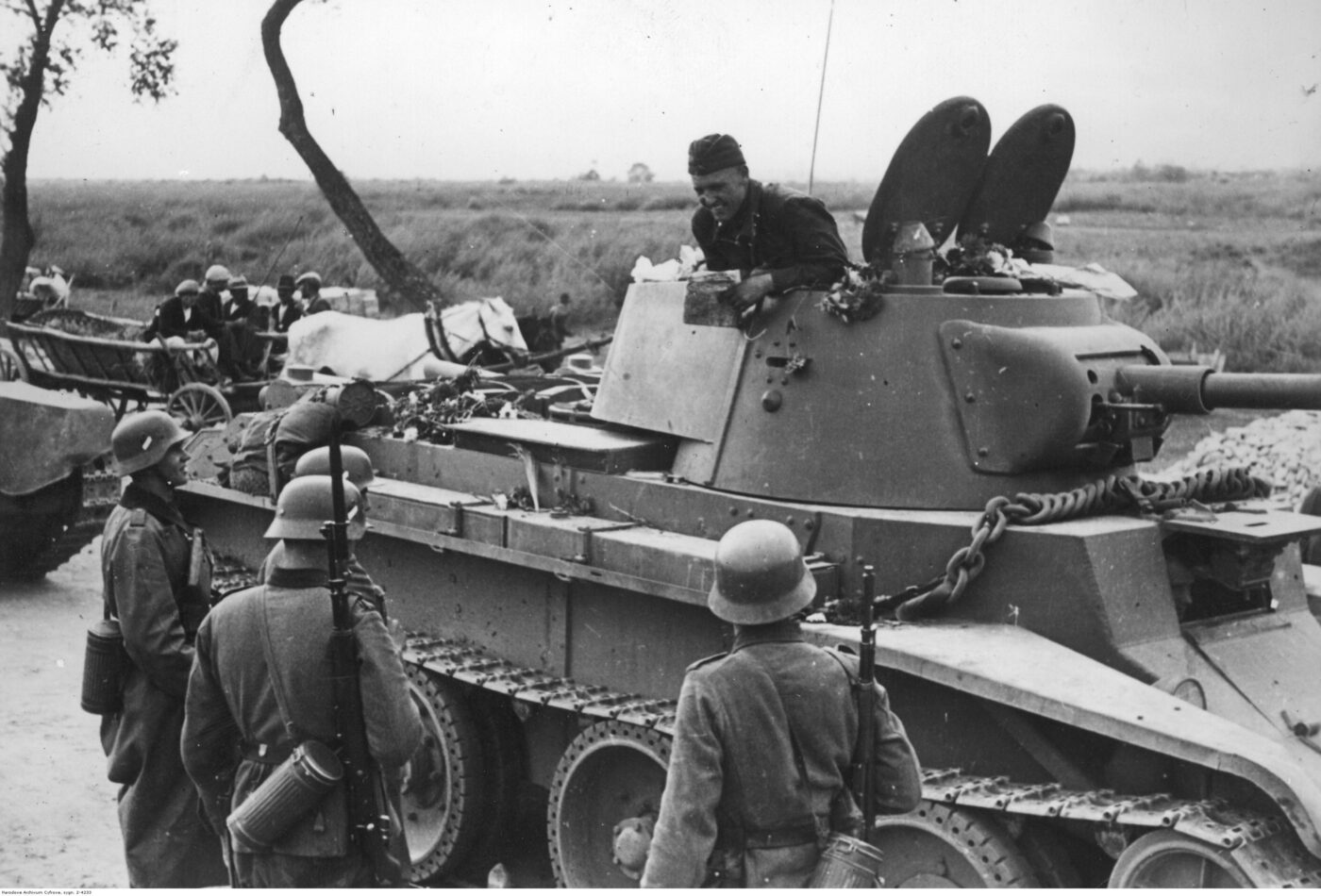
Soviet troops in BT-7 tanks meet their German allies in Poland. The two countries joined forces to start World War II. Image: Polish National Archives
Eventually, it was succeeded by more capable models such as the T-70.
Approximately 8,200 units were built before production ended in late 1943.
Their massive firepower allowed Soviet forces to decisively engage and destroy heavily armored opponents at longer distances.
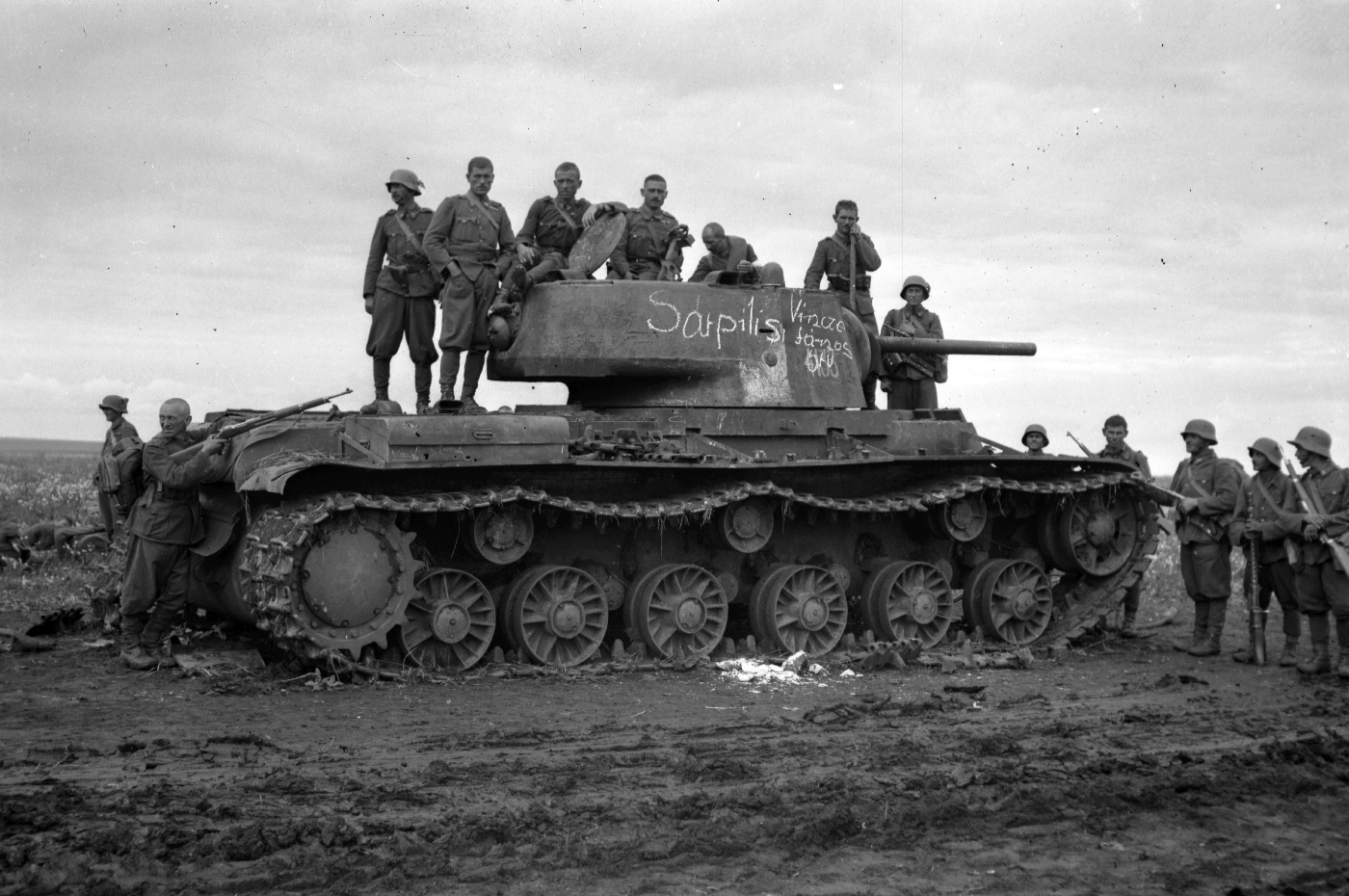
Shown here is a Red Army KV-1 that was knocked out by German troops. Image: Fortepan
These tanks became powerful symbols of the growing Soviet armored warfare capacity in the final stages of the conflict.
They proved economical to produce, effective in combat, and tactically flexible on the battlefield.
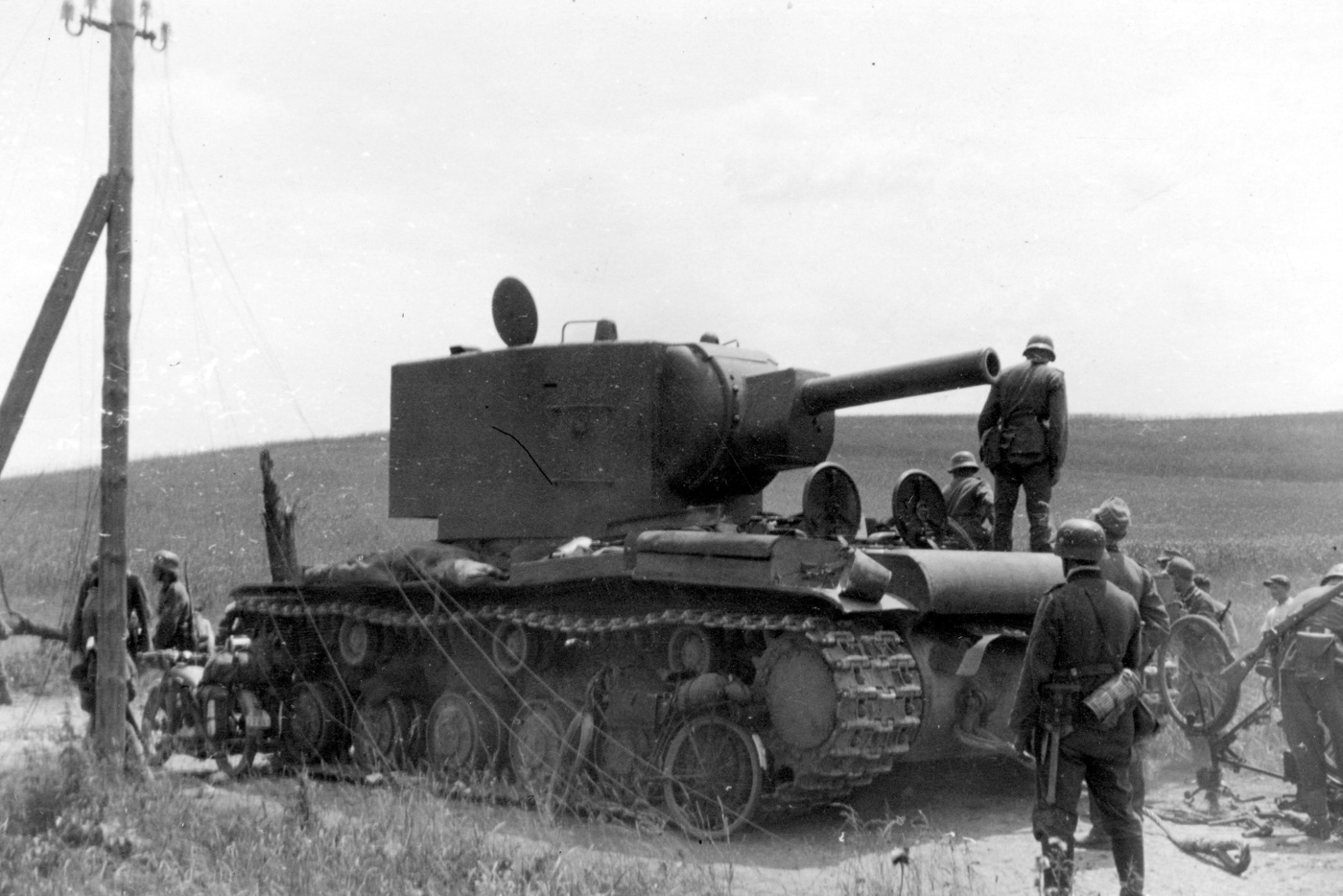
Germans captured this KV-2 on the Eastern Front during World War II. The tank was extremely powerful. Image: Polish National Archives
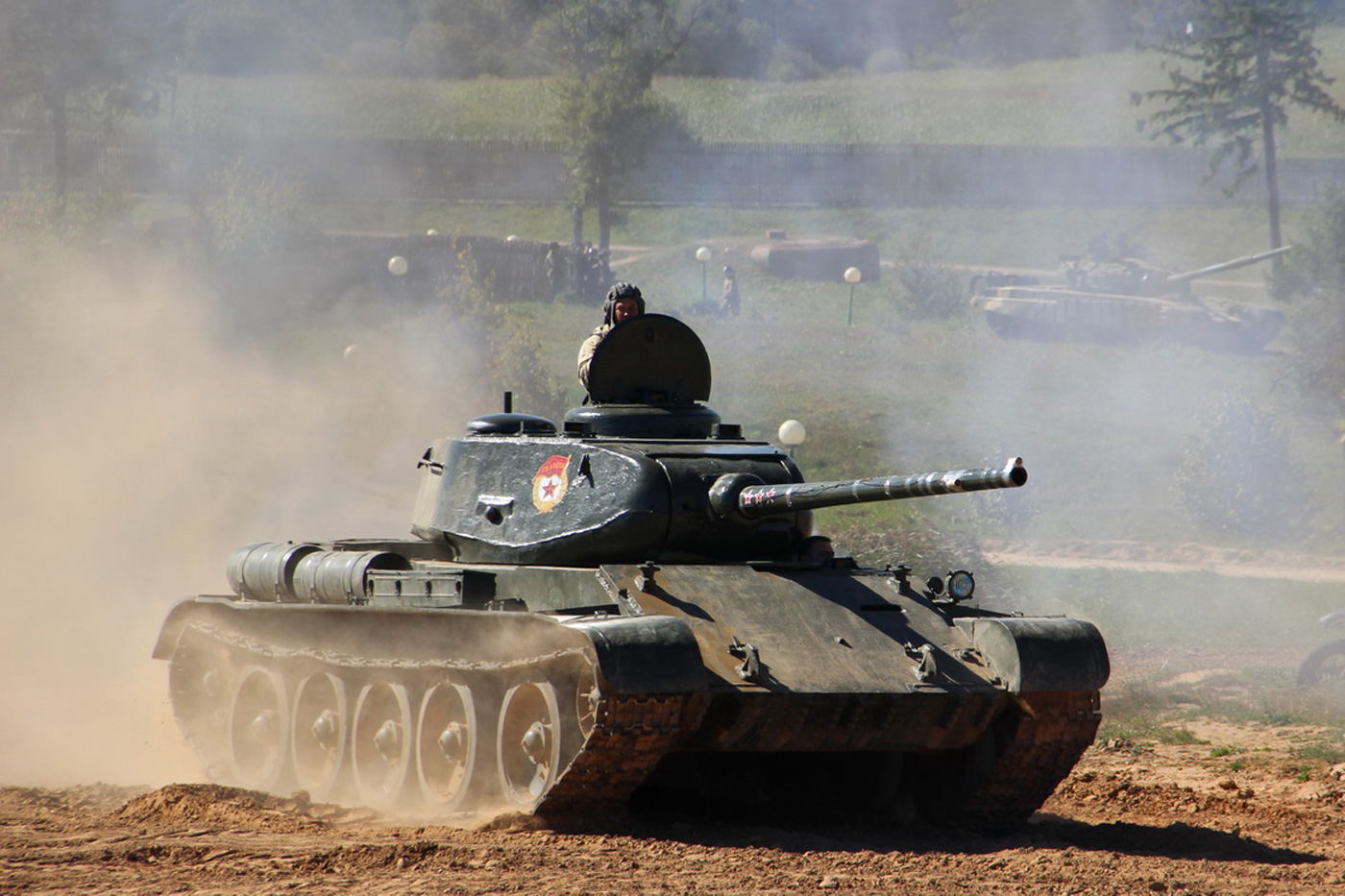
Shown is a restored T-44 tank during a public demonstration in Belarus. Image: Yozas Gubka/CC BY-SA 4.0
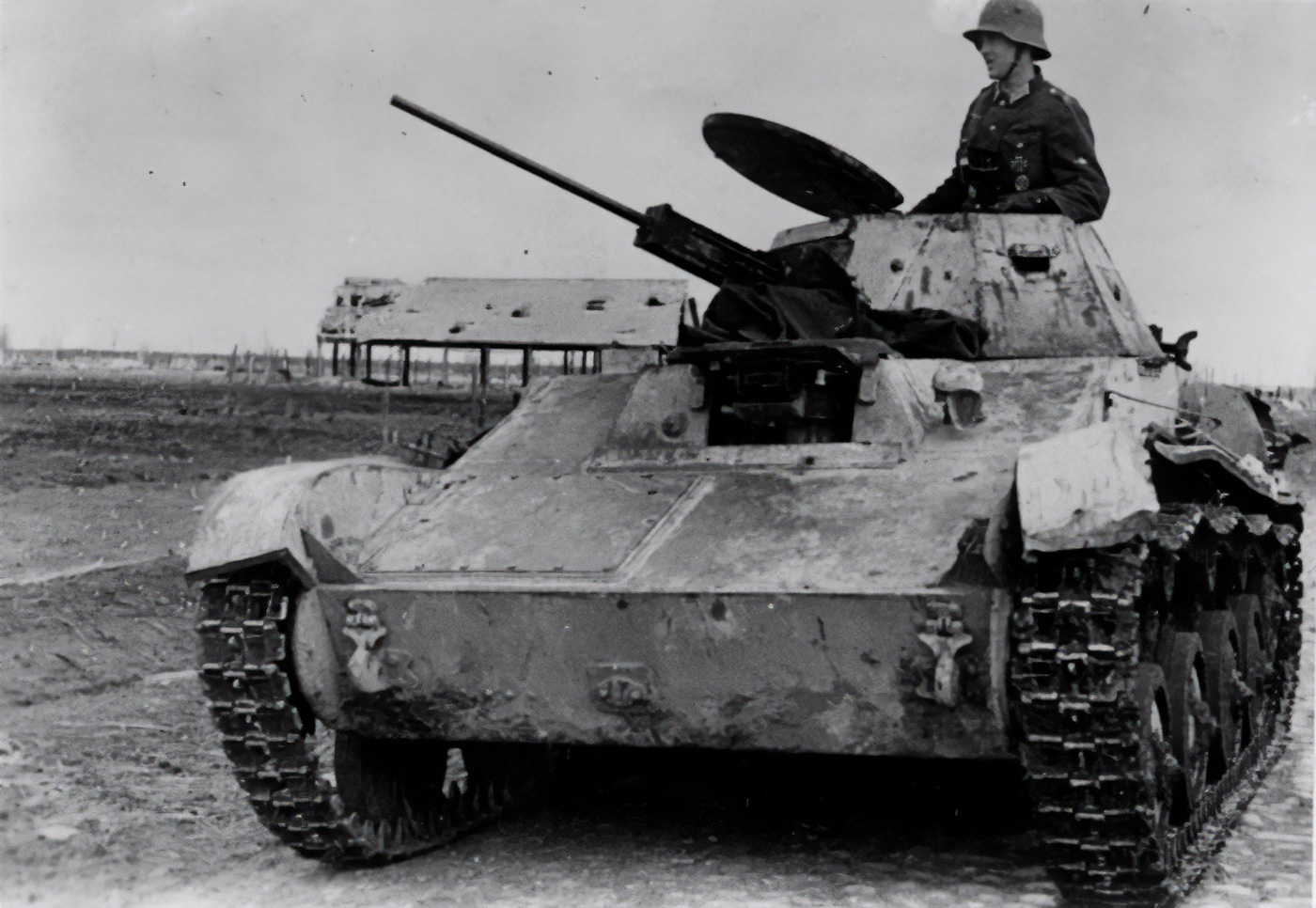
This T-60 tank was captured by the Germans and pressed into service. Image: Public Domain
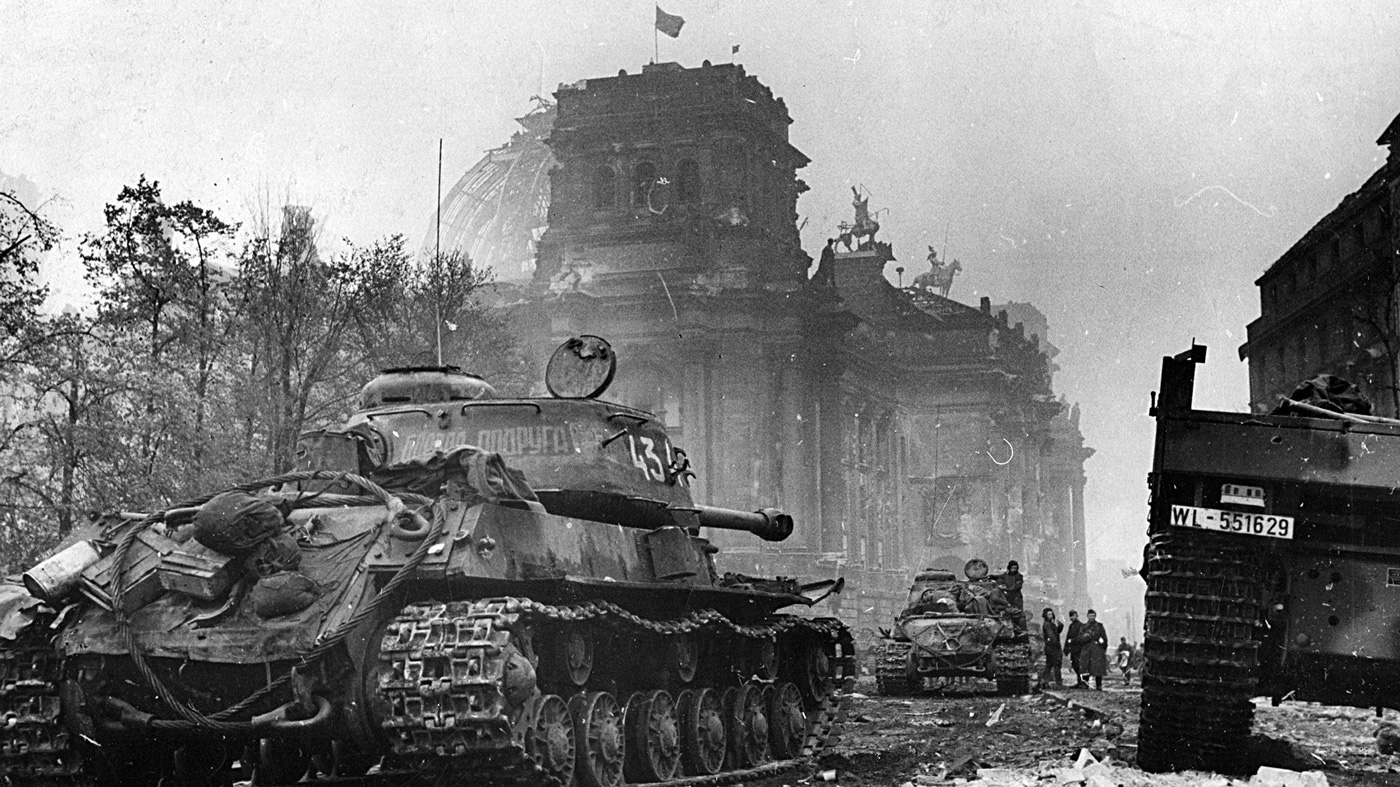
This IS-2 heavy tank is seen in Berlin during the fall of the Third Reich. Image: Public Domain
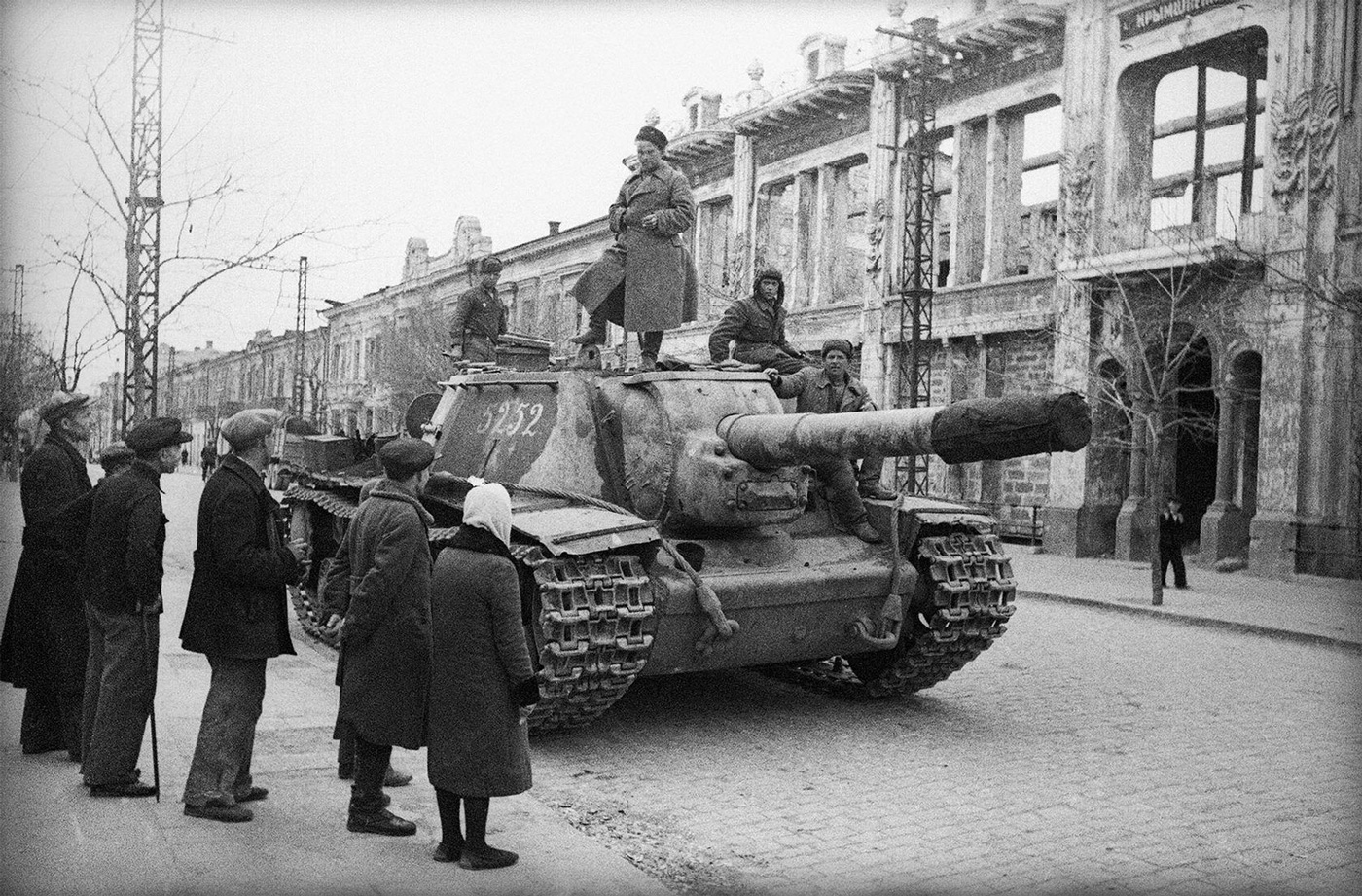
An SU-152 moves down a street in Ukraine in part of an offensive against the Germans in World War II. Image: Public Domain




